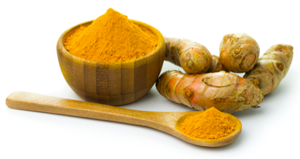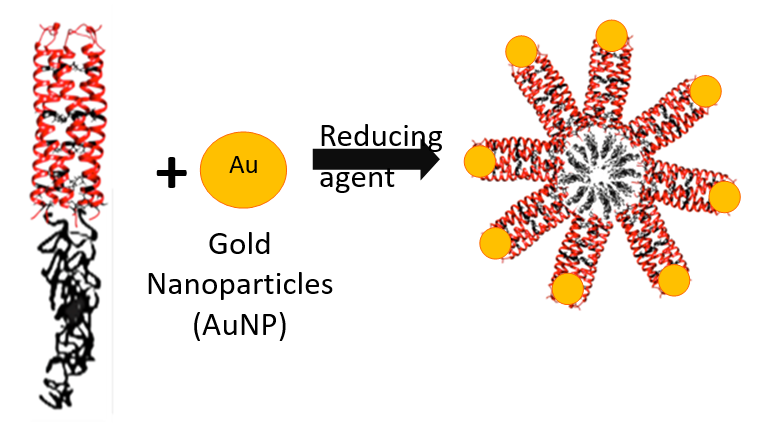Original webinar cast on March 23, 2018
Recap from the moderator Michael Lesiecki, Ph.D.
One of the themes of the March 2018 webinar, presented by NYU researchers Dr. Jin Kim Montclare, Dr. Priya Katyal and Lindsay K. Hill MD/PhD candidate, was to construct “smart” protein nanomaterials.
The applications in medicine range from treatment of diseases like Osteoarthritis to diagnostic and imaging applications. This presentation was detailed and fascinating. You can review the entire webinar and see the slides here.

One of the key applications discussed concerned cancer therapy. There are a number of known therapeutic agents that limit breast cancer cell proliferation. The dietary compound Curcumin (CCM) is one of these know antagonists. One of the challenges is to encourage the cancer cell to actually uptake the agent. The issue is that CCM is not particularly water soluble, in fact it is hydrophobic, and not very bio-available.
Now Enter Nano Engineering
The figure below shows the strategy. Bind an engineered protein complex to elastin, call this CE. Then via a reduction add Gold (Au) nanoparticles. And where do you get these? Buy them online. You will see this creates a bio composite that readily binds to the CCM increasing its bioavailability.

Does it work? Using a model breast cancer cell line called MCF-7, one monitors the uptake of CCM by measuring the optical absorbance at 420 nm. You can also visualize the cellular uptake with fluorescence imaging.

On the left, you see the fluorescence image of MCF-7 breast cancer cells with just the CE complex alone. Look at the fluorescence image on the right to see the dramatic increase in fluorescence from the CCM when the Gold nanoparticle complex is used. The middle graph confirms the observation showing a significant increase in absorbance for the Au Nano Particle complex, compared to the CE-CCM complex or CCM alone.
What does this mean? You can “engineer” molecules at the nanoscale level to modify their biological properties. You can also potentially amplify the therapeutic value of treatments. This hybrid field of nanotechnology, engineering, and medicine is an exciting frontier.